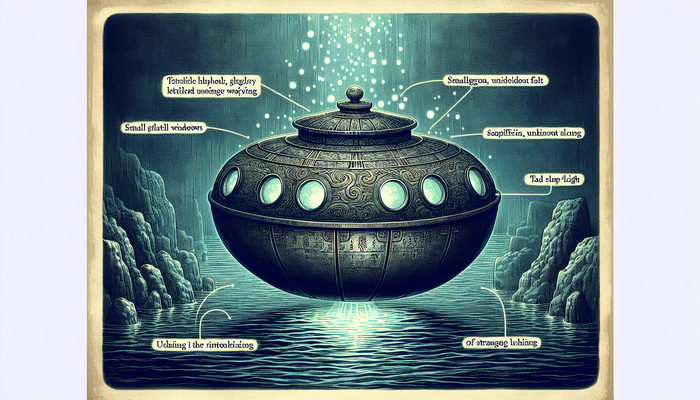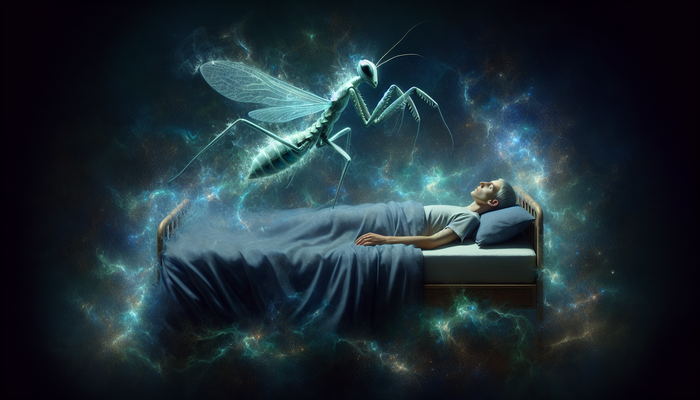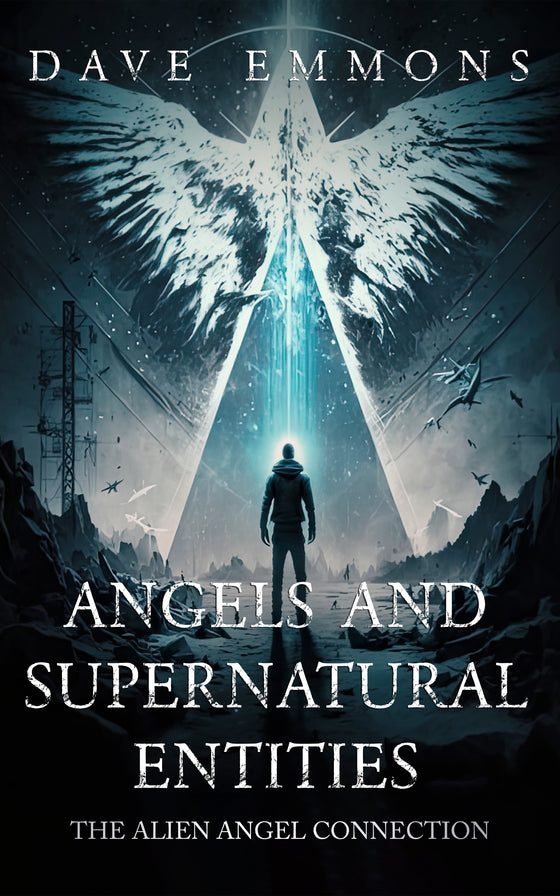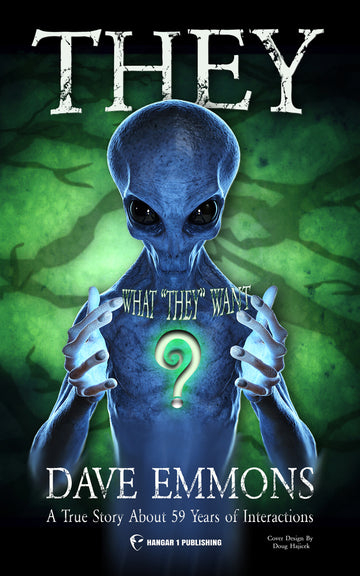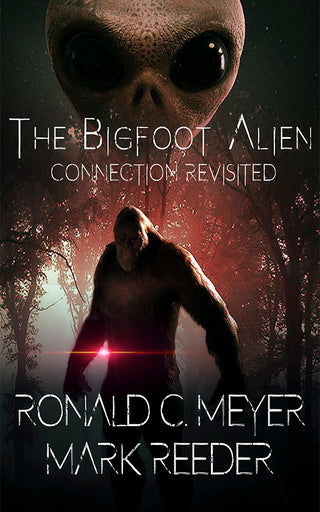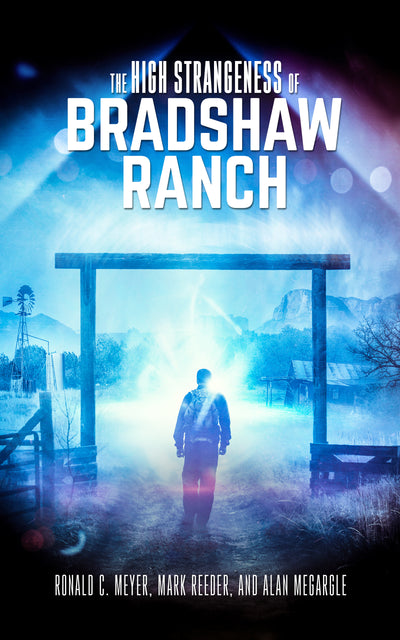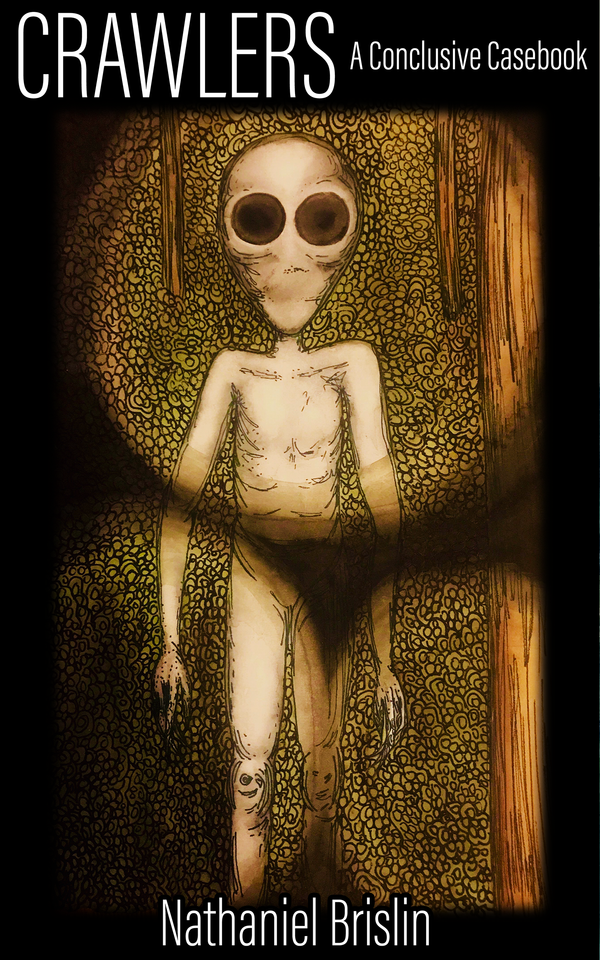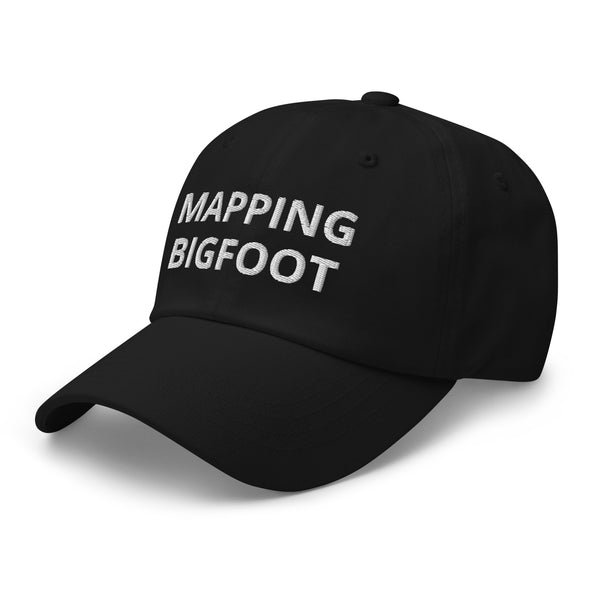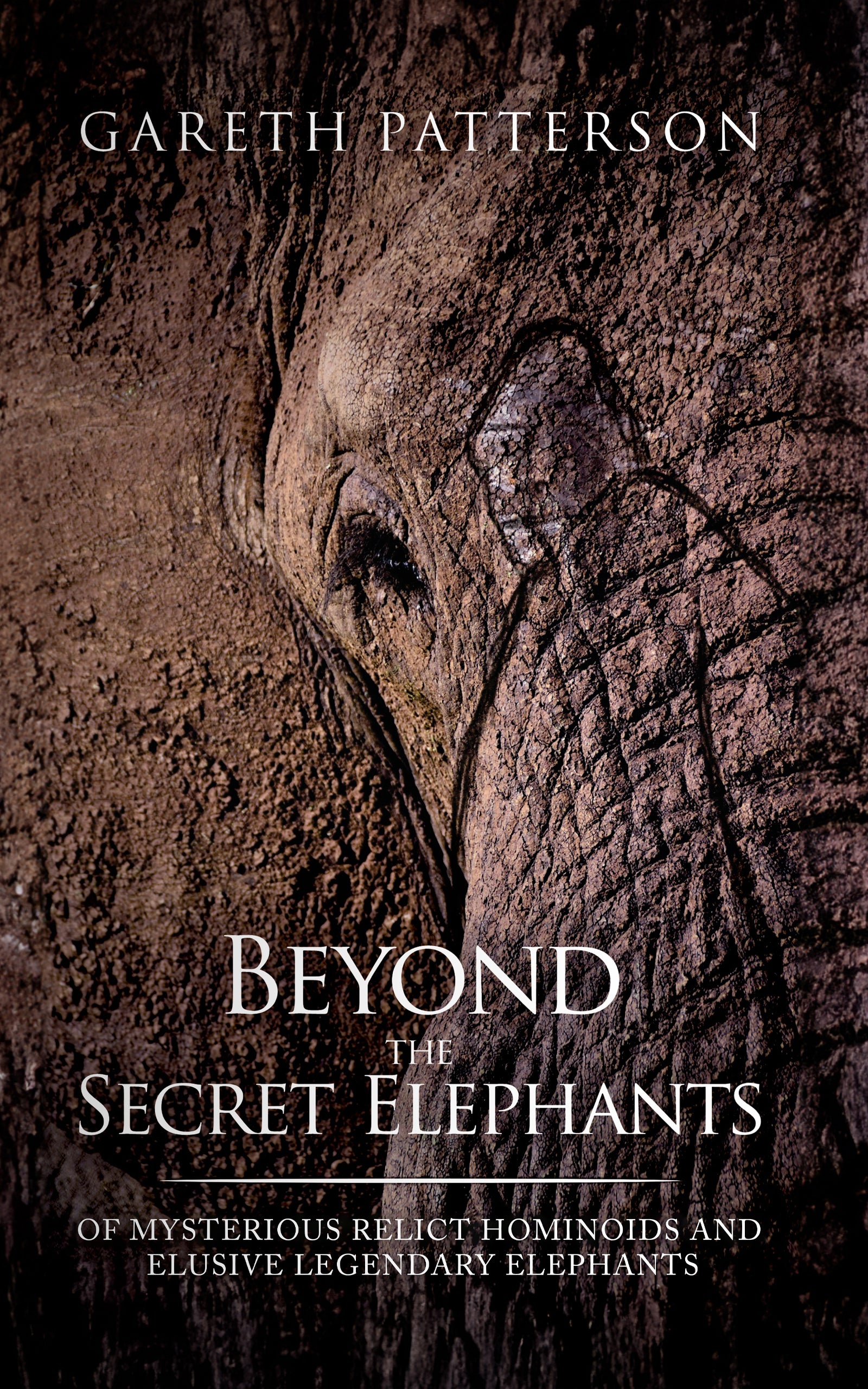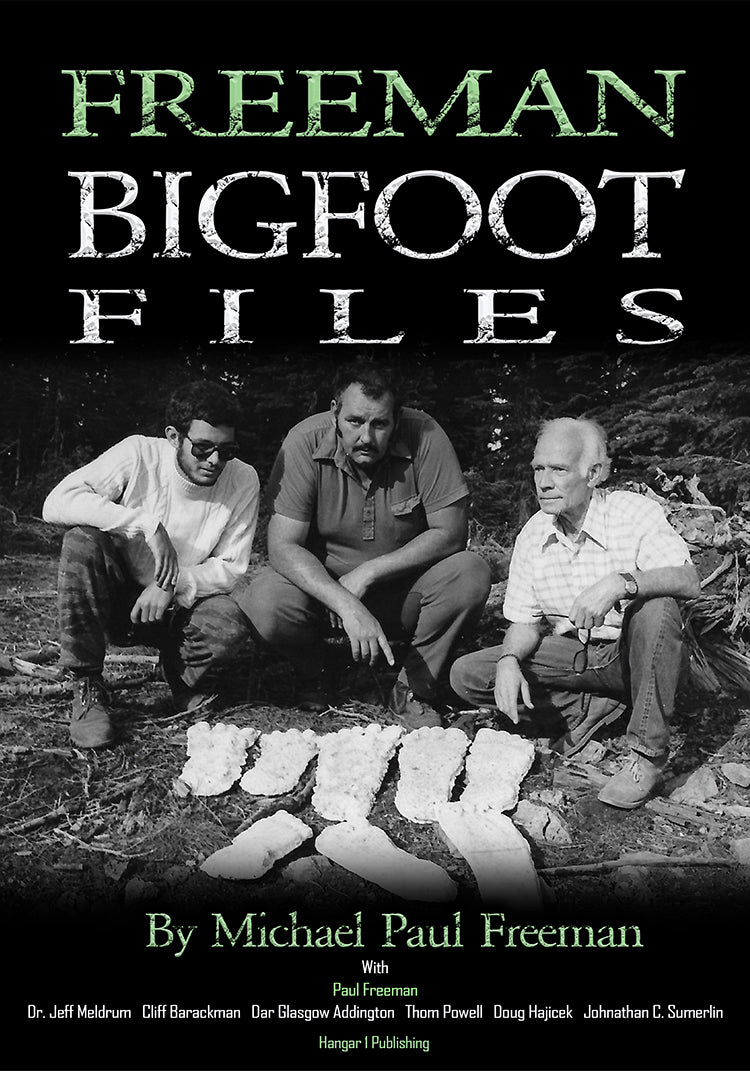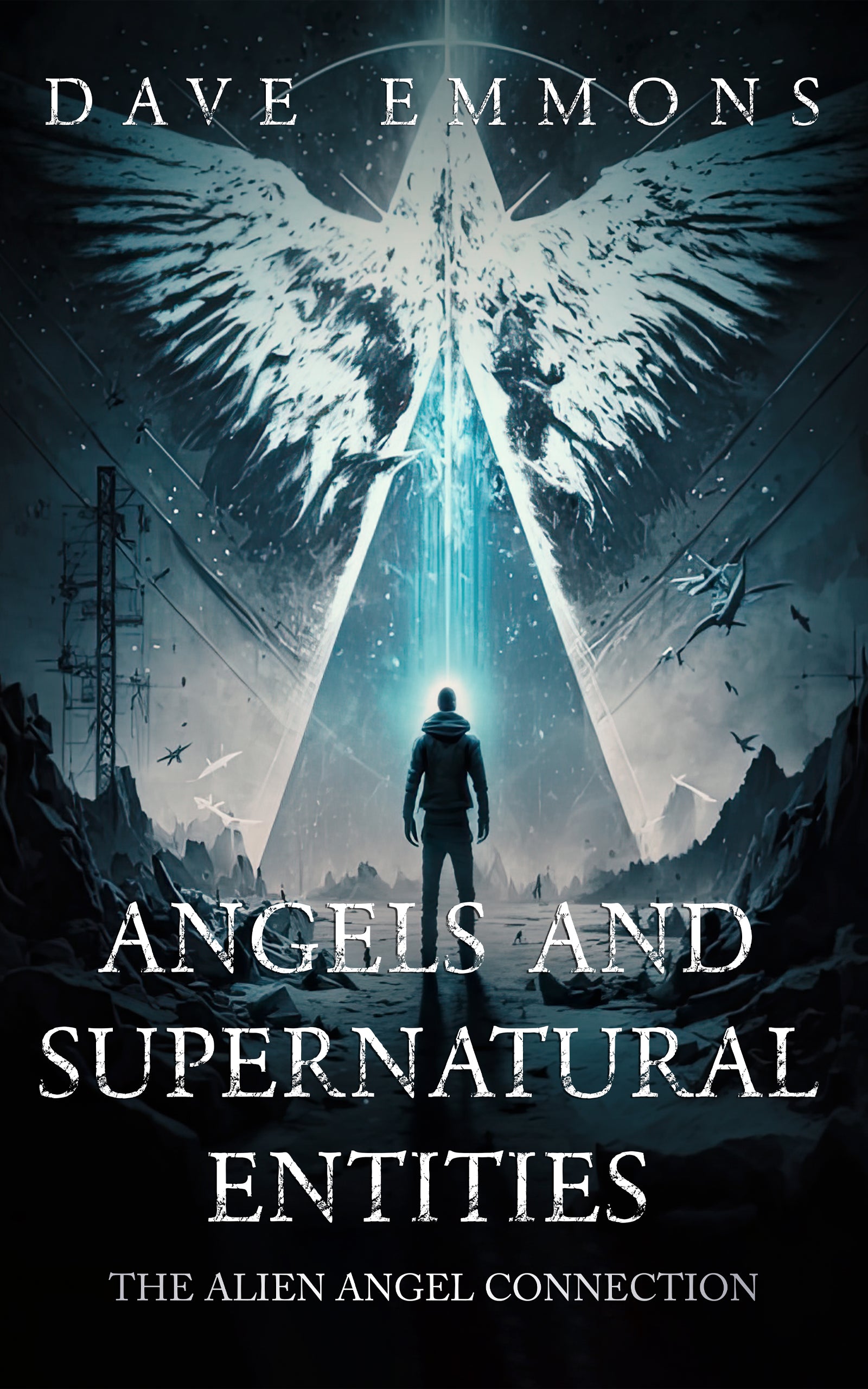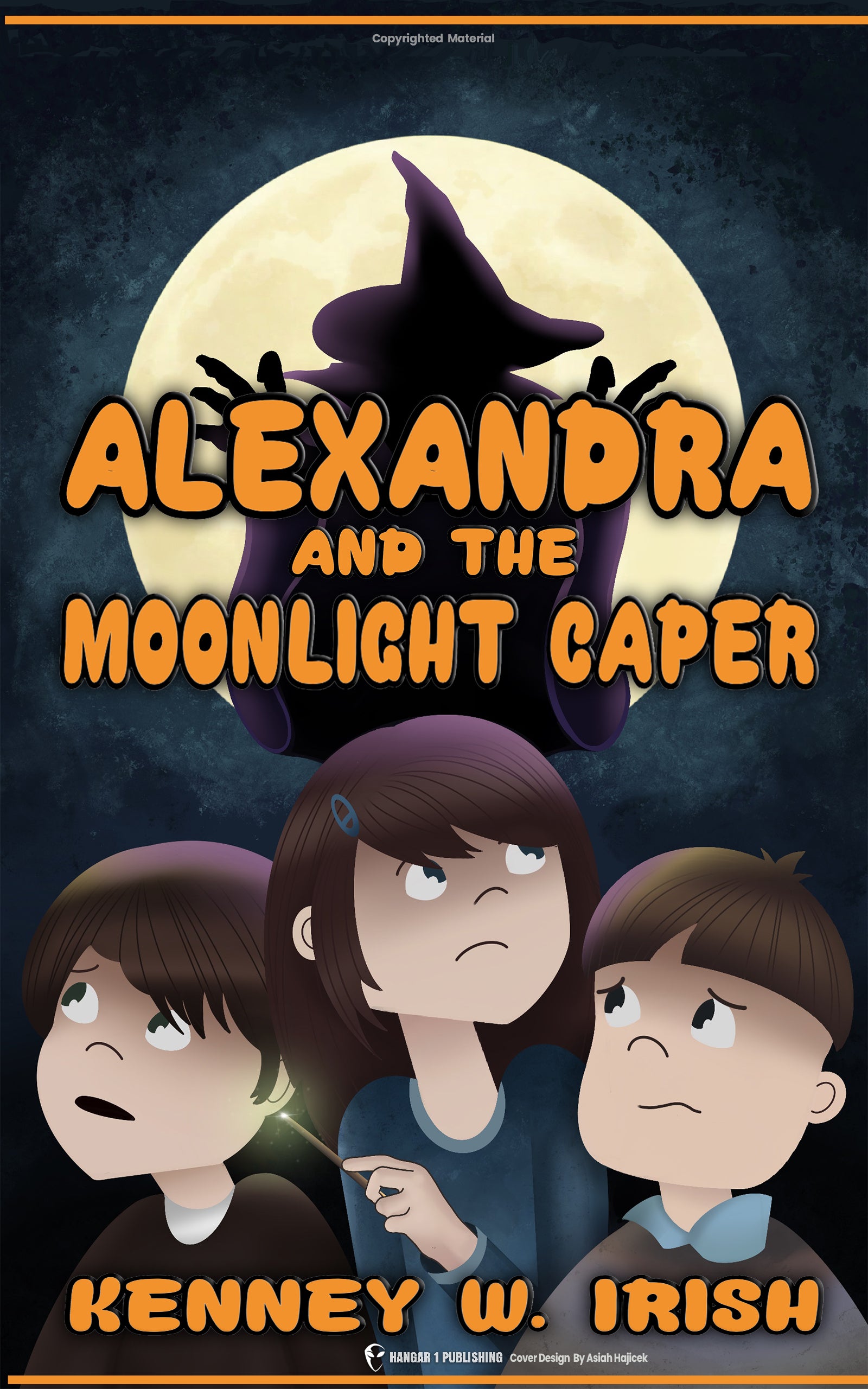Ancient Cave Paintings of UFOs: Alien Evidence Found
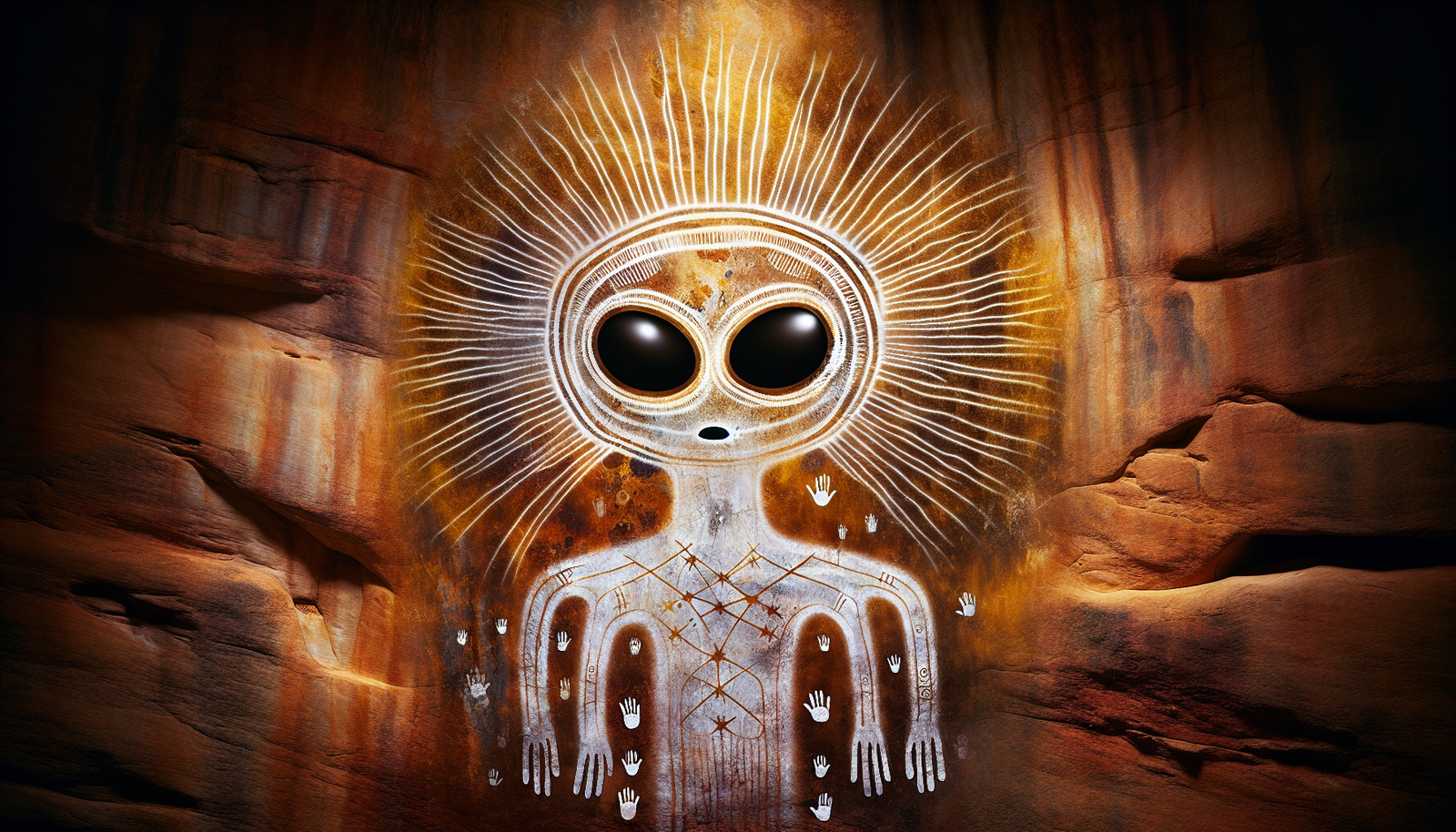
By Amara Okafor, Ufologist
Have you ever stood before an ancient cave painting and felt its silent power? Across six continents, from the deepest recesses of the Sahara Desert to remote Australian outback and hidden Indian caves, our ancestors left a visual puzzle that continues to baffle archaeologists and researchers alike. These aren't typical hunting scenes or handprints—they're something far stranger. Images of bizarre humanoid figures with oversized heads, missing facial features, and what appear to be space suits. Disc-shaped objects hovering in the sky. Three-legged craft descending from above.
What makes these paintings truly remarkable isn't just their existence but their similarities across cultures that had no contact with each other. From the 29,000-year-old paintings of Tanzania to the 10,000-year-old figures discovered in India, these artworks share motifs that defy conventional explanation. The big question: Were our ancient ancestors documenting genuine encounters with visitors from beyond our world?
The Charama Caves: India's 10,000-Year-Old Alien Record
In 2014, archaeologist JR Bhagat made headlines with his discovery of 10,000-year-old rock paintings in the Charama region of Chhattisgarh, India. These paintings feature humanoid figures lacking clear facial features—particularly missing noses and mouths—that appear to be wearing some kind of protective suits.
"The paintings are done in natural colors that have hardly faded despite the years," Bhagat told the Times of India. "The strangely carved figures are seen holding weapon-like objects and do not have clear features. In few pictures, they are even shown wearing space suits."
Most striking is a disc-shaped object with three leg-like protrusions and antenna-like features that bears an uncanny resemblance to modern depictions of flying saucers. The discovery was significant enough that the Chhattisgarh state department of archaeology and culture sought assistance from NASA and the Indian Space Research Organisation (ISRO) for further investigation.
What makes these paintings particularly compelling is their connection to local folklore. Villagers in the area tell stories passed down through generations about "rohela people"—small beings who descended from the sky in round flying objects and occasionally abducted villagers who never returned. This correlation between ancient paintings and persistent oral tradition suggests these images might represent actual events rather than mere imagination.
The Wandjina of Australia: The Sky Gods Without Mouths
In Australia's northwestern Kimberley region, Aboriginal cave paintings depict the mysterious Wandjina—striking white figures with large black eyes, no mouths, and halo-like headdresses. Dating back approximately 4,000 years, these paintings are still considered sacred by Aboriginal peoples today.
According to Aboriginal Dreamtime stories, the Wandjina are powerful beings who came from the sky during the "Dreamtime," bringing rain, storms, and lightning. They created the landscape, established laws for the people, and eventually disappeared into the Earth or returned to the stars.
Dr. Leah Umbagai, a Worrora woman, explains: "The Wandjina is a supreme being that created the country, gave us the laws of the land, and we have to obey and follow it. The Wandjina is not just a big picture on the wall, it's the trees, it's the rocks, it's the water, it's the seasons, it's everything."
What's particularly noteworthy about the Wandjina paintings is that Aboriginal peoples have continuously maintained them for thousands of years, carefully repainting them to keep the colors vibrant—a practice that demonstrates their profound cultural importance.
When British explorer George Grey first documented these paintings in 1837, he refused to believe they could be the work of Aboriginal people, instead attributing them to shipwrecked sailors or visitors from another culture. This racist assumption has since been thoroughly debunked, but the mystery of why the Wandjina look so eerily similar to the "grey alien" archetype popularized in modern UFO accounts remains unexplained.
Tassili n'Ajjer: Algeria's "Round Head" Beings
In the heart of the Sahara Desert lies the Tassili n'Ajjer plateau, home to over 15,000 rock paintings and carvings dating back to when the region was a lush savannah rather than the desert it is today. The most intriguing paintings come from what archaeologists call the "Round Head Period" (approximately 8,000-6,000 BCE).
These paintings feature strange humanoid figures with round, featureless heads, elongated bodies, and what some interpret as helmets or protective suits. The famous "Great God of Sefar," a large humanoid figure, appears to wear a complex outfit with unusual appendages that ancient astronaut theorists suggest resembles a space suit.
Henri Lhote, who extensively documented these paintings in the 1950s, described them as "strange beings with round featureless heads... with bodies of men." The incredible preservation of these paintings, with vibrant colors that have survived millennia in harsh desert conditions, speaks to the sophisticated knowledge of pigments possessed by these ancient artists.
Val Camonica: Italy's "Astronauts" in Stone
In the Alpine valleys of northern Italy, the UNESCO World Heritage site of Val Camonica contains one of Europe's largest collections of prehistoric rock art, with over 200,000 petroglyphs. Among these carvings are strange humanoid figures that UFO enthusiasts have dubbed "astronauts" due to their unusual appearance.
These figures, dating to approximately 10,000 BCE, appear to show humanoid beings wearing protective suits and helmet-like headgear. During a 2019 visit, researcher William Henry examined these carvings with local expert Luca Giarelli. Of the famous "astronaut" figures, Henry observed: "Look at the helmet... it's like he's glowing."
Another curious symbol found in Val Camonica is the "Camunian Rose"—a mysterious flower-shaped symbol with nine dots arranged in a circular pattern. While archaeologists typically interpret this as a religious or astronomical symbol, some suggest it might represent a spacecraft or technological device.
Utah's Desert Messengers: America's Ancient Alien Visitors
Across the American Southwest, especially in Utah's canyon country, ancient rock art created by Native American cultures features some of the most striking potential depictions of extraterrestrial beings found anywhere in the world.
Sego Canyon's petroglyphs, created approximately 7,500 years ago, feature large-eyed, antenna-bearing humanoid figures with no arms or legs and strange rectangular heads. Nine Mile Canyon, known as the "world's longest art gallery," contains thousands of images, including unusual anthropomorphic figures.
Perhaps most impressive are the Barrier Canyon Style paintings in Horseshoe Canyon, featuring towering red humanoid figures, some seven feet tall, with ghost-like appearances and haunting eyes. The central figure in what's known as the Great Gallery is over seven feet tall with a head painted in three-quarter view—a remarkably sophisticated artistic technique for its time.
Native American tribal ranger Jon Dover explains: "From what we understand, there's many different races of alien that are coming to this world. In the case of some tribes down in Southern Arizona, you even have a mountain range called the Estrella Mountains. In the language of the people in that area, 'Estrella' means 'stargate.'"
Patterns Across Time and Space
What makes the study of these cave paintings so compelling is the recurring patterns found across different continents and time periods, despite the geographical isolation of these cultures. Common elements include:
- Beings with oversized heads - From Australia's Wandjina to India's Charama figures to Utah's petroglyphs, entities with disproportionately large craniums appear consistently.
- Missing facial features - Many figures lack mouths or noses, with only eyes depicted. This is particularly striking in the Wandjina paintings.
- Helmet-like structures - Circular features around heads appear across multiple cultures, interpreted variously as helmets, halos, or energy fields.
- Elongated bodies - Many figures have unnaturally thin or elongated bodies with minimal limbs.
- Disc-shaped objects - Circular flying objects appear in various prehistoric art, from India to Tanzania to the American Southwest.
- Three-legged craft - Several depictions show flying objects with three "legs" or beams extending downward, most notably in the Charama paintings.
Giorgio Tsoukalos, a prominent ancient astronaut theorist, notes: "The ones that were discovered in some of the African caves, it's too similar to what has been discovered on every continent for it to be complete coincidence."
Star People: Indigenous Oral Traditions
The mystery deepens when we consider how these paintings align with indigenous oral traditions about visitors from the stars. Across cultures, stories persist about beings from the sky who brought knowledge, established laws, or interacted with humans.
Native American traditions frequently reference "star people." Tribal ranger Jon Dover explains: "In talking about star people, all Native American tribes have these traditional oral histories that people came from the stars to visit them... Our ancestors were extraterrestrial."
These traditions speak of knowledge-bringers from the sky, technological gifts, and even tribal origins connected to celestial entities. The Navajo Yeibichai and Hopi Kachina traditions describe beings who came to Earth to share wisdom.
Ruth H. Burns, a Dakota/Lakota Sioux writer, argues that dismissing these star-people narratives as mere metaphor constitutes "indigenous erasure," as it minimizes cultural traditions that explicitly trace tribal origins to celestial beings.
The Paint That Defies Time
Scientific analysis reveals fascinating aspects of these ancient paintings. Carbon-14 dating of organic materials in pigments has established their remarkable age, with one dating of a hair embedded in paint from Barrier Canyon style art going back to 6750 BCE.
The composition of the pigments themselves raises questions. Many use combinations of blood, clay, and natural ochres, sometimes with organic binders like urine, yet have maintained vivid colors for thousands of years—suggesting sophisticated knowledge of materials that modern science is still working to understand.
The creation of these paintings often required elaborate preparation and community effort. Evidence of scaffolding, careful site selection, and multiple artists working together indicates these weren't casual activities but organized, resource-intensive projects with significant cultural importance.
Handprint analysis found in many caves reveals that participants included men, women, adults, and children, suggesting community-wide involvement rather than the work of specialized "artists" or shamans.
Competing Explanations: Aliens, Shamans, or Something Else?
How do we make sense of these remarkable images? Several competing interpretations have emerged:
The Ancient Astronaut Hypothesis
Proponents of this view suggest these paintings literally document encounters with extraterrestrial visitors. Archaeologist JR Bhagat states that "humans in prehistoric times may have seen beings from other planets," while Giorgio Tsoukalos argues that the cross-cultural similarities in depictions defy coincidence.
This interpretation sees the consistent depiction of unusual beings with technology-like accessories (helmets, suits, antenna) as evidence of actual contact with non-human intelligences who visited Earth throughout human history.
The Shamanic Vision Interpretation
Many archaeologists and anthropologists suggest these unusual depictions result from shamanic practices and altered states of consciousness rather than literal encounters with aliens.
Dr. Ed Barnhart explains: "These ancient cultures relied upon people called shamans who would typically go into altered states of consciousness to receive information. What they painted on the walls were their experiences they were having during their hallucinogenic trances."
This theory proposes that universal aspects of human neurology cause people experiencing trance states to see similar patterns and entities, which might explain the remarkable similarities across cultures.
Religious and Symbolic Interpretations
Traditional archaeological views often interpret these images as religious or symbolic representations. What appear to be "space helmets" might be ceremonial headdresses or symbolic representations of spiritual power, while "antenna" could represent divine status or connection to higher realms.
Carl Sagan, while acknowledging the possibility of ancient extraterrestrial contact, cautioned against overzealous interpretation: "In the long litany of 'ancient astronaut' pop archaeology, the cases of apparent interest have perfectly reasonable alternative explanations, or have been misreported, or are simple prevarications, hoaxes and distortions."
Ancient Art, Modern Mysteries
These ancient depictions take on new significance in light of modern UFO investigations. The 2021 Pentagon report acknowledged 144 recent military encounters with unexplained aerial phenomena, while the Chinese government is reportedly conducting its own studies of what they term "Unidentified Air Conditions."
Could there be a historical continuity between what our ancestors painted on cave walls and what military pilots are encountering today? The parallels are certainly striking—disc-shaped objects, unusual movement patterns, and apparent technological capabilities beyond human achievement at the time.
Technological advances are creating new possibilities for research. AI pattern recognition can now analyze global cave art databases to identify correlations invisible to human researchers. Advanced imaging techniques reveal hidden details in ancient paintings, while new dating methodologies offer greater precision in establishing chronologies.
Many questions remain unanswered: Why did ancient peoples across the world depict these specific beings and objects? How did they create pigments that have endured for millennia? What accounts for the cross-cultural similarities despite geographical isolation?
The ancient cave paintings depicting what appear to be UFOs and alien beings present us with an extraordinary puzzle that spans human history. The striking similarities across isolated cultures suggest either a universal psychological phenomenon or actual widespread encounters with something genuinely unusual.
These painted figures with their oversized heads, missing mouths, and strange appendages stare back at us across millennia, silently challenging us to expand our understanding of what is possible. In a universe vast beyond comprehension, perhaps the most remarkable thing about these ancient paintings isn't the possibility that they depict visitors from other worlds, but that such visitors wouldn't be remarkable at all.
From Bigfoot to UFOs: Hangar 1 Publishing Has You Covered!
Explore Untold Stories: Venture into the world of UFOs, cryptids, Bigfoot, and beyond. Every story is a journey into the extraordinary.
Immersive Book Technology: Experience real videos, sights, and sounds within our books. Its not just reading; its an adventure.


